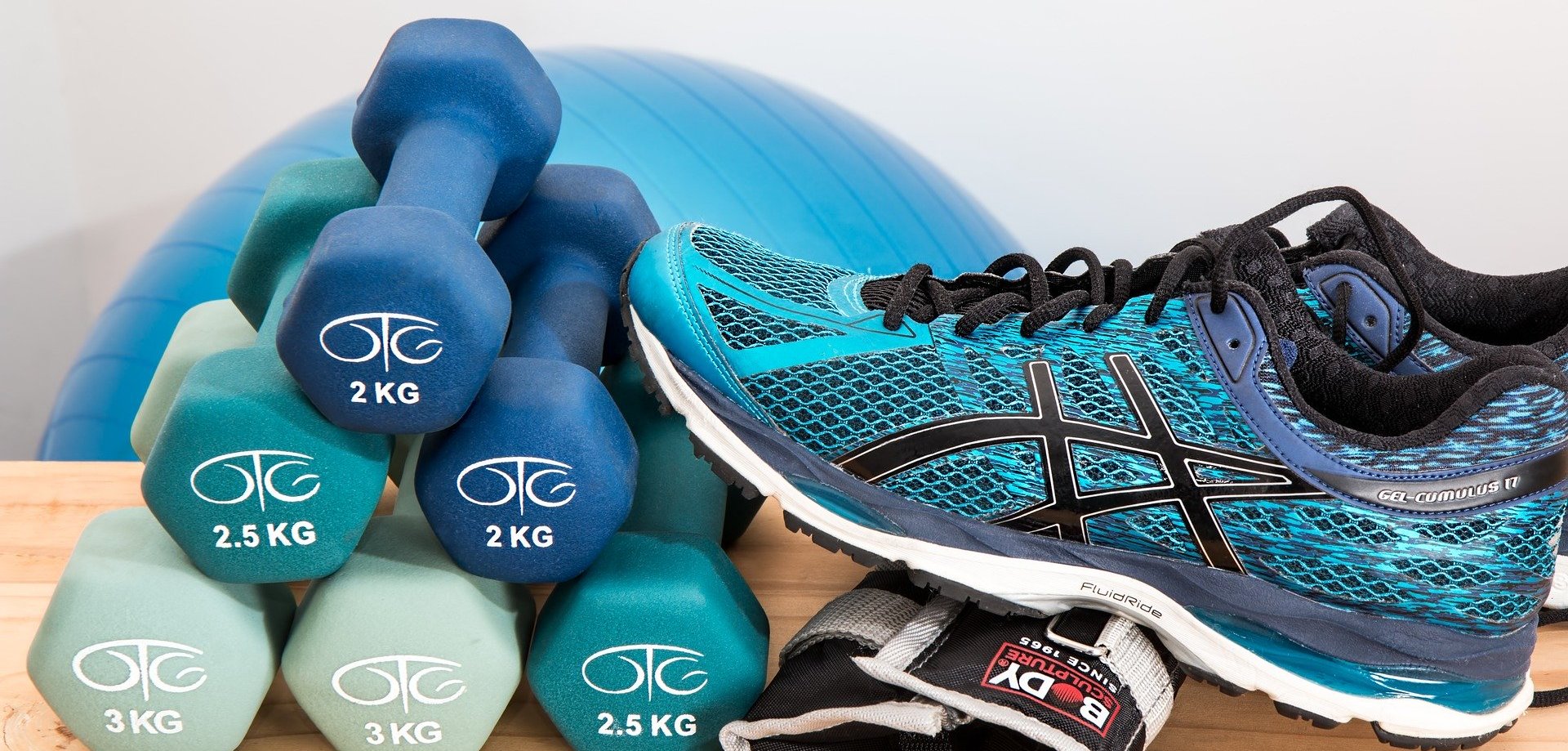
Gait Analysis / Biomechanics
Gait Analysis: It is crucial to look at the movement patterns associated with the injured runner to understand how the injured tissues are being loaded.
There are multiple variables within this analysis such as stride length / step width / landing angles amongst other factors, and all of these will be assessed during the consultation phase.
The key factors can be highlighted and discussed during your consultation so we can identify and explore how we may modify these variables in order to reduce the impact or rotational forces acting on the injured structures.
Biomechanical assessment: This is a component part of the initial consultation session and we look at foot position / single leg stability / single leg squat control / ankle flexibility as a way of understanding the skeletal contribution to injury risk or presentation.
Once we have these screening test results we can look at how these relate to the movement footage findings to build a structured management plan.

Strength & Conditioning
Strength & Conditioning: The repetitive load acting on the foot / ankle and lower leg is high and it is key that the MSK system is robust enough to tolerate these forces.
The force acting on specific muscle groups can range from 2-8 times body weight during running so it is crucial to factor in strength as part of any running plan.
There are key screening tools that help us understand how the body deals with different types of movement demands and being able to break down these component parts allow a greater understanding of what areas need to be optimised.

Training Load
Training Load: Having worked with injured runners throughout his career Mark is able to recognise how the level of training is influencing injury.
Volume is a common area of injury risk but inconsistency in training is also a challenge to the MSK system and monitoring and understanding the effect of your training load is also a contributory factor that needs to be assessed.
Structuring a running program
The purpose of the Running Clinic is not to improve performance per se, it is about mitigating risk factors as much as possible, dealing with the fundamentals associated with running injury risk.
The by product of mitigating injury risk and building MSK robustness is improving the ability to train which is where the performance gains should follow.
If there are any chronic or recurrent injury patterns then looking at the above factors may provide more direction into successful resolution of the presenting symptoms.

